December 17, 2025
New Inventory Count Permission - Edit Count Date/Time
A new permission is available in Inventory counts.
The Edit Count Date/Time permission enables users to change the date on an inventory count as it is being created or after it has been created.
All users with the Edit Inventory Counts permission have automatically been assigned the new Edit Count Date/Time permission. To disable this from any user, manage their user permissions.
(R365 Training) Badge Reporting - User Email Column
The Users table on the Badge Reporting screen now includes each user’s email address.
This update provides a consistent user identifier for reporting and export, supporting admin workflows that rely on accurate user identification across locations.
December 2, 2025
Classic Journal Entry and Payroll Journal Entry Deprecation
The new journal entry experience is being enabled for all customers in December 2025 and the classic version will no longer be available. Learn more about the by the updated journal entry and payroll journal entry record.
Standard Journal Entry:
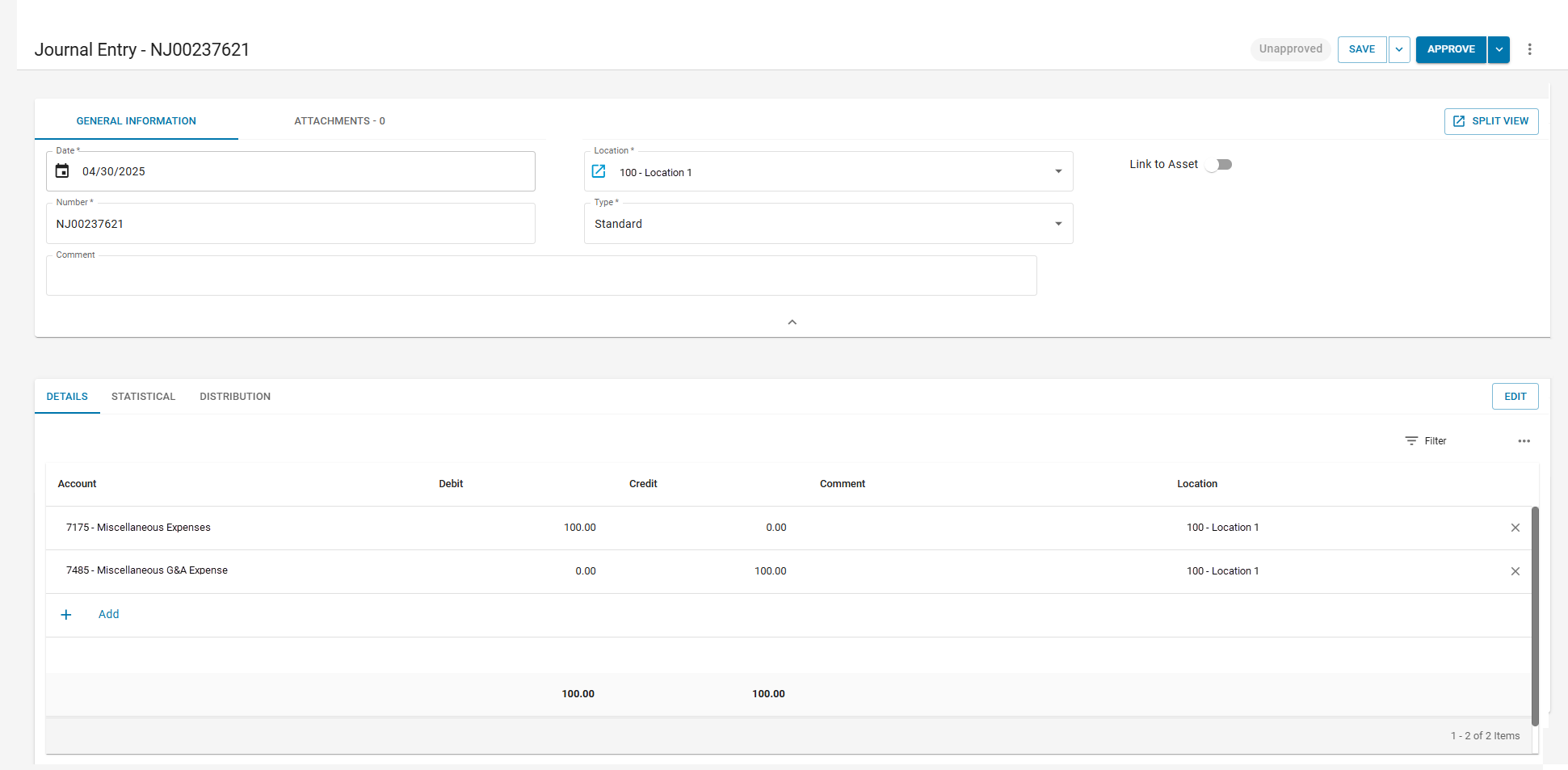
Payroll Journal Entry:
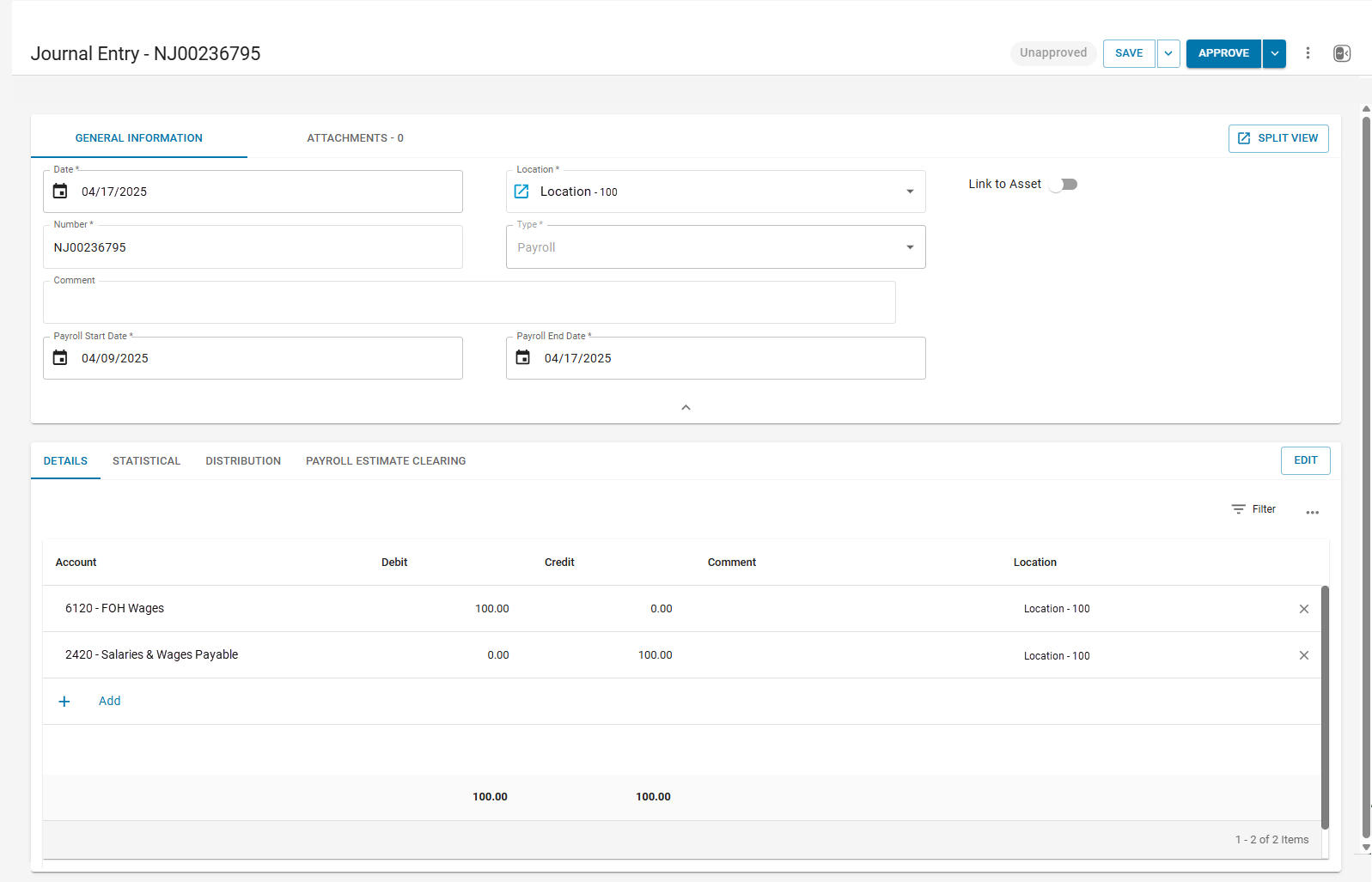
1099 Forms Updated for 2025 Tax Season
The 1099 reporting process has updated to reflect the latest IRS form revisions for tax year 2025. Specifically:
Excess golden parachute payments will now be reported in Box 3 of Form 1099-NEC (previously Box 14 of Form 1099-MISC).
Box 14 of Form 1099-MISC is now reserved for future use and is no longer valid for this payment type.
These changes have been applied within the reporting workflows to ensure tax reporting remains fully compliant with IRS regulations for the 2025 tax year.
R365 Intelligence: GL Summary Dataset
A new GL Summary dataset is available for use in R365 Intelligence. This dataset includes the following metrics and attributes:
Metrics:
| Attributes:
|
R365 Intelligence: Sales and COGs Metrics
The following metrics were added to the Sales & Cogs Metrics folder when adding data by object:
Total Beer Cost
Total Beer Sales
Total Food Cost
Total Food Sales
Total Liquor Cost
Total Liquor Sales
Total N/A Bev Cost
Total N/a Bev Sales
Total Wine Cost
Total Wine Sales
These metrics are based on the predefined R365 Operational Reports Categories.
Users Page: Last Login Column
A new column on the Users page now shows each user’s most recent login date and time.
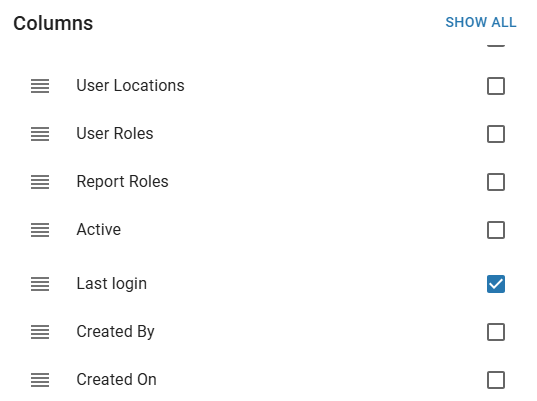
November 17, 2025
New Bank Activity Experience
Bank Activity has been redesigned and is being enabled for all instances through early January 2026. The updated experience introduces a modern layout, improved filters, and enhanced usability. Key updates include:
A streamlined interface for easier navigation and review
Updated filters to quickly locate unmatched items or rule-based matches
A new side panel for faster transaction matching and creation
A fixed action column for quick access
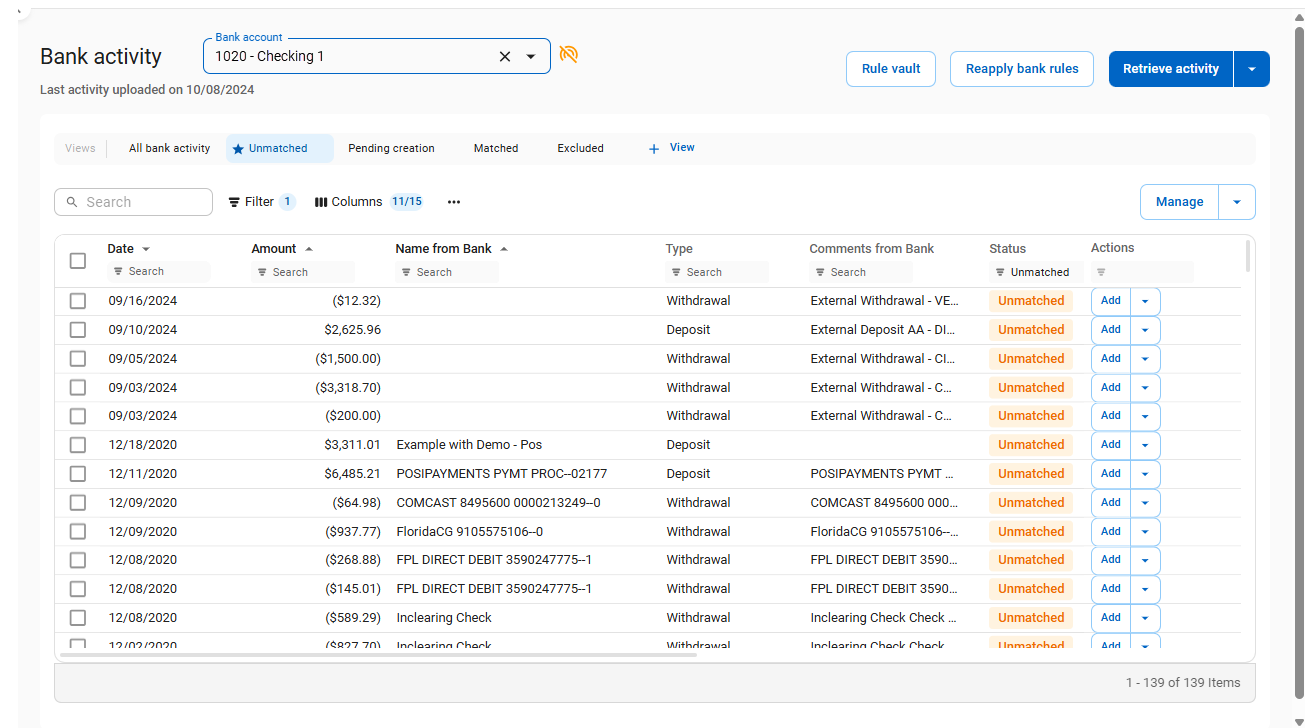
Learn more about the Bank Activity update.
November 6, 2025
New User Preferences
The User Preferences page has a new look! In addition to its refreshed design, new Table display preferences were added.
The new Table display preferences enable users to set defaults across all tables with the updated design. Set the following:
Default row height
Turn on/off striped rows.
Enable / disable column filters
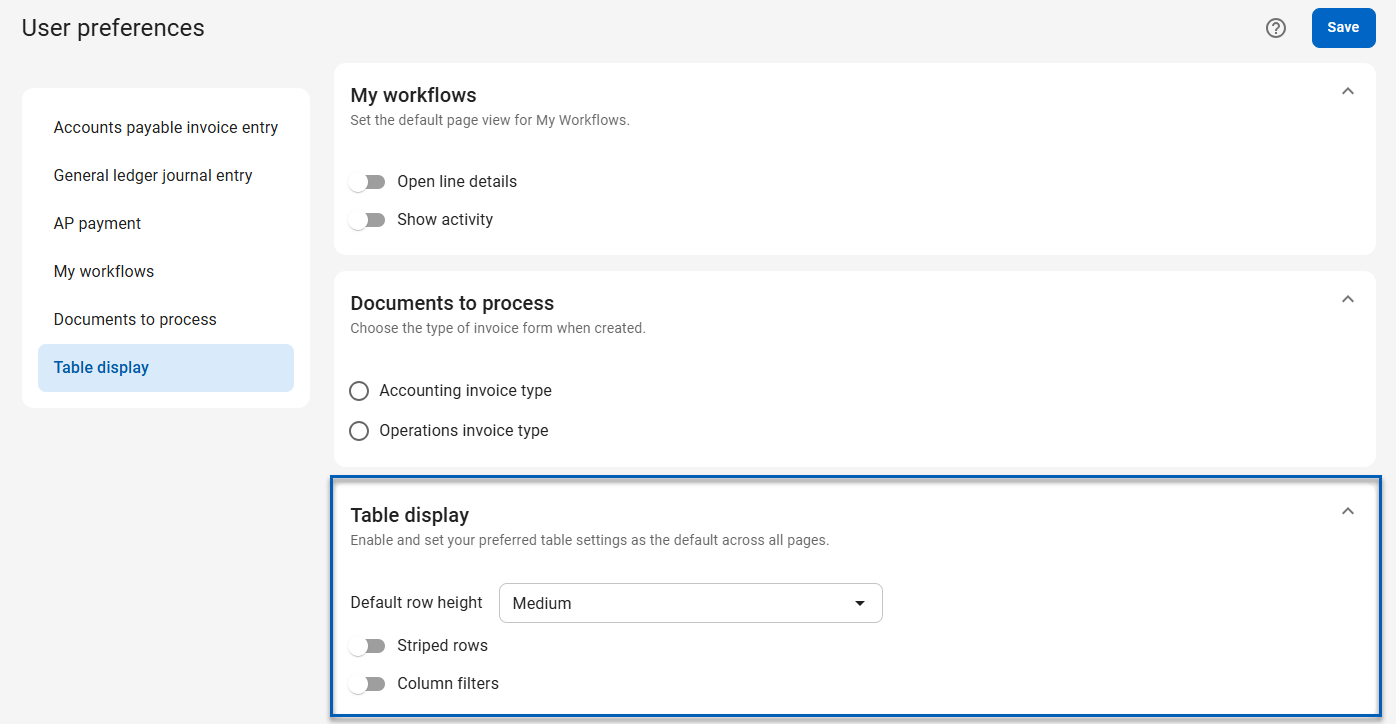
Updated Menu Items Pages: Menu Items and Menu Item Categories
The Menu Items and Menu Item Categories pages have a new look! The following changes were made:
The Menu Items page and Menu Item Categories page have a new, refreshed design.
A new option menu enables users to switch back to classic view.

Updated Recipes Pages: Ingredients and Recipes
The Recipes pages have a new look! The following updates were made:
The Recipes page and Recipes (Classic) pages were merged in the navigation menu.
The Recipes page and Ingredients page have a new, refreshed design.
A new option menu enables users to switch back to classic view.

Payroll Import Review
Payroll imports are now faster and more accurate with new tools that streamline filtering, review, and data management.
Quick Filters – Instantly switch between All, Errored, and Valid rows.
Bulk Actions – Select and delete multiple rows at once.
Import Snapshot – Review totals at a glance to confirm accuracy.
These updates save time, reduce errors, and enable confident payroll processing—even when some rows need attention.
Learn more about Pay Run Imports.
R365 Training - New Badge Reporting Screen
The badge reporting experience has been upgraded to provide deeper insights into badge engagement across the organization. The new Badge Reporting screen replaces the previous version with a redesigned, more powerful reporting experience that includes a consolidated badge overview, user and location insights, and advanced search and filtering by badge, user, category, role, or location. The tables can also be exported in CSV format for further analysis or sharing. This screen is available to all admin users when Badges is enabled.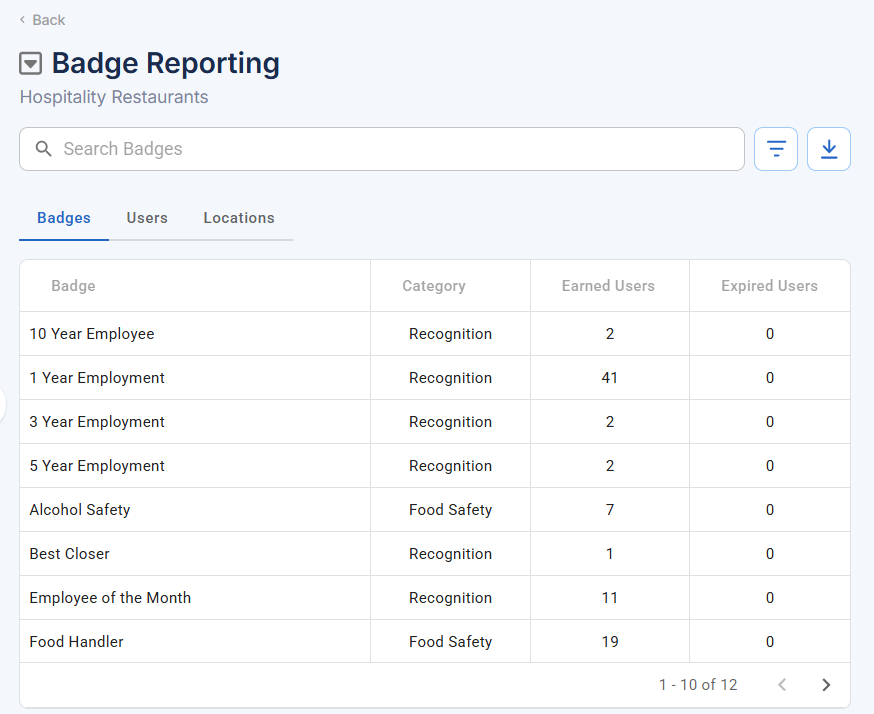
October 23, 2025
Documents to Process - Uploads Update
The document upload window for AP invoices has been redesigned for faster, more flexible data entry. Users can now assign Location, Assign To, and Document Type to multiple files at once using new dropdowns. These master values can also be overridden for individual files as needed. Learn more about uploading documents.
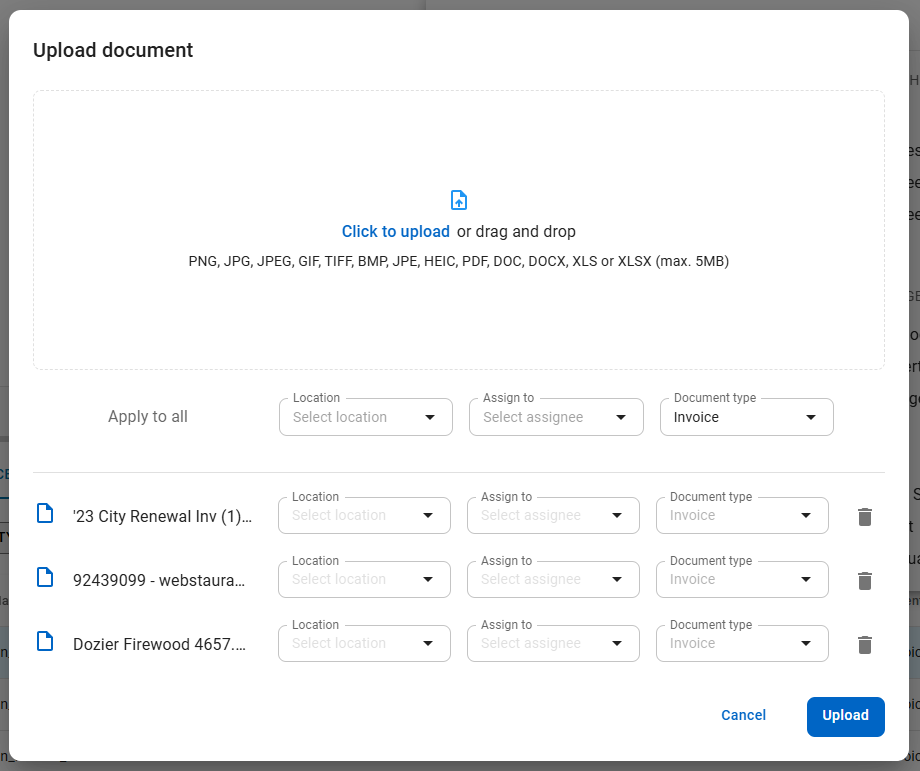
New Bank Activity Experience - Available in System Preferences
Bank Activity has been redesigned and is available for all R365 instances. The updated experience introduces a modern layout, improved filters, and enhanced usability. Key updates include:
A streamlined interface for easier navigation and review
Updated filters to quickly locate unmatched items or rule-based matches
A new side panel for faster transaction matching and creation
A fixed action column for quick access

Learn more about the Bank Activity update.
Bank Transfer Update
A redesigned Bank Transfer experience is now available in R365 with an modernized look and improved layout.
Learn more about the Bank Transfer update.
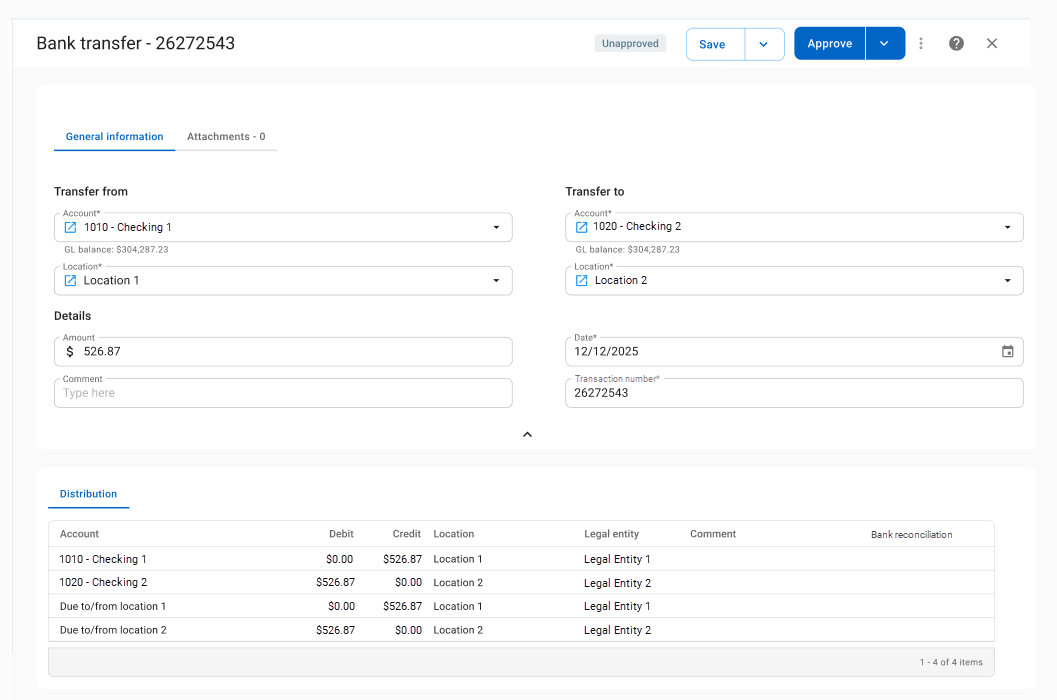
The experience will be enabled for all R365 instances in November, and the classic Bank Transfer will be removed in January 2026.
Classic AP Payment Deprecation
The Classic AP Payment record is being deprecated and will be replaced by the updated AP Payment record.
Learn more about the AP Payment update.
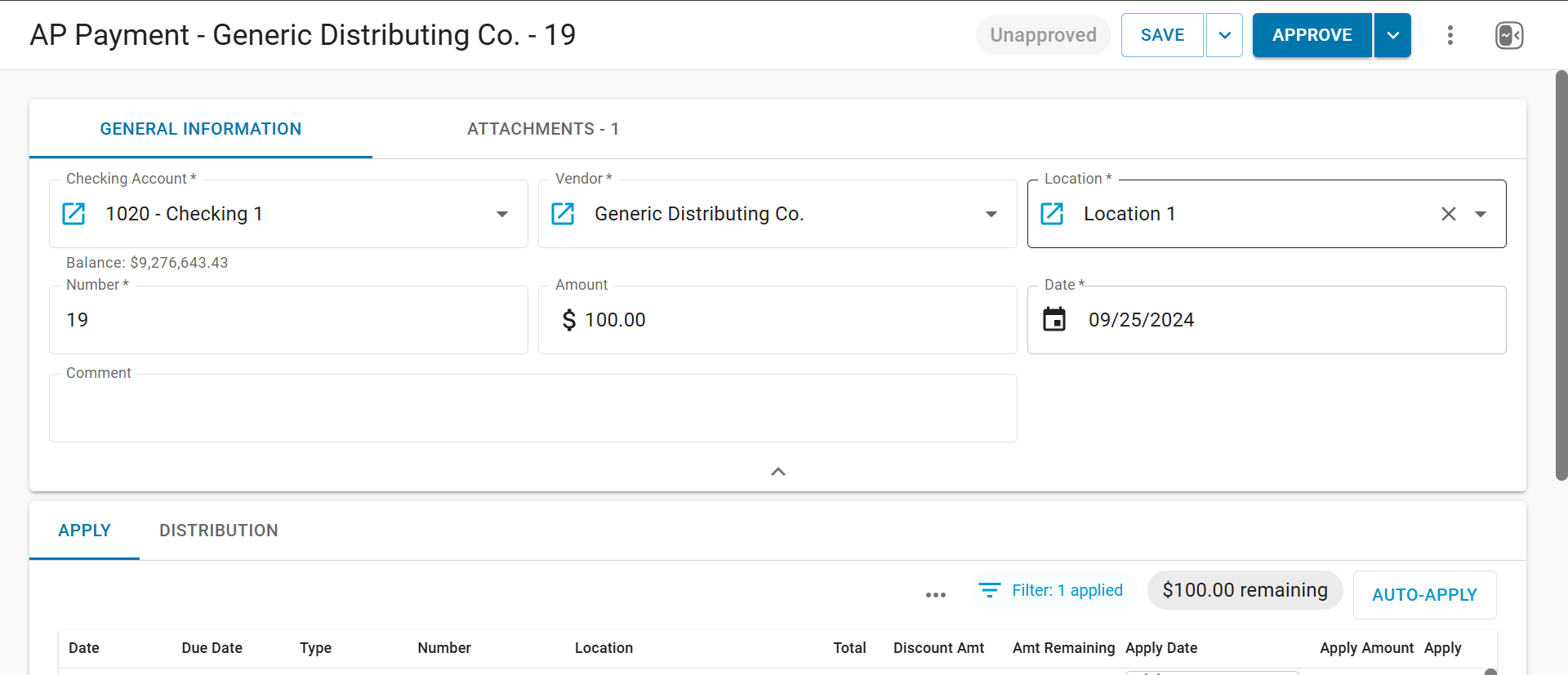
Rule Vault Enabled For All R365 Instances
The Rule Vault is now enabled for all R365 customers. The Rule Vault provides a more flexible, centralized interface for managing both matching and transaction creation rules in bank activity.
When the New Bank Activity Experience is turned on, the Rule Vault will automatically be enabled and cannot be disabled. The Rule Vault can only be disabled in the legacy experience. This can be done from the System Preferences: Miscellaneous tab.
Learn more about the Rule Vault update.
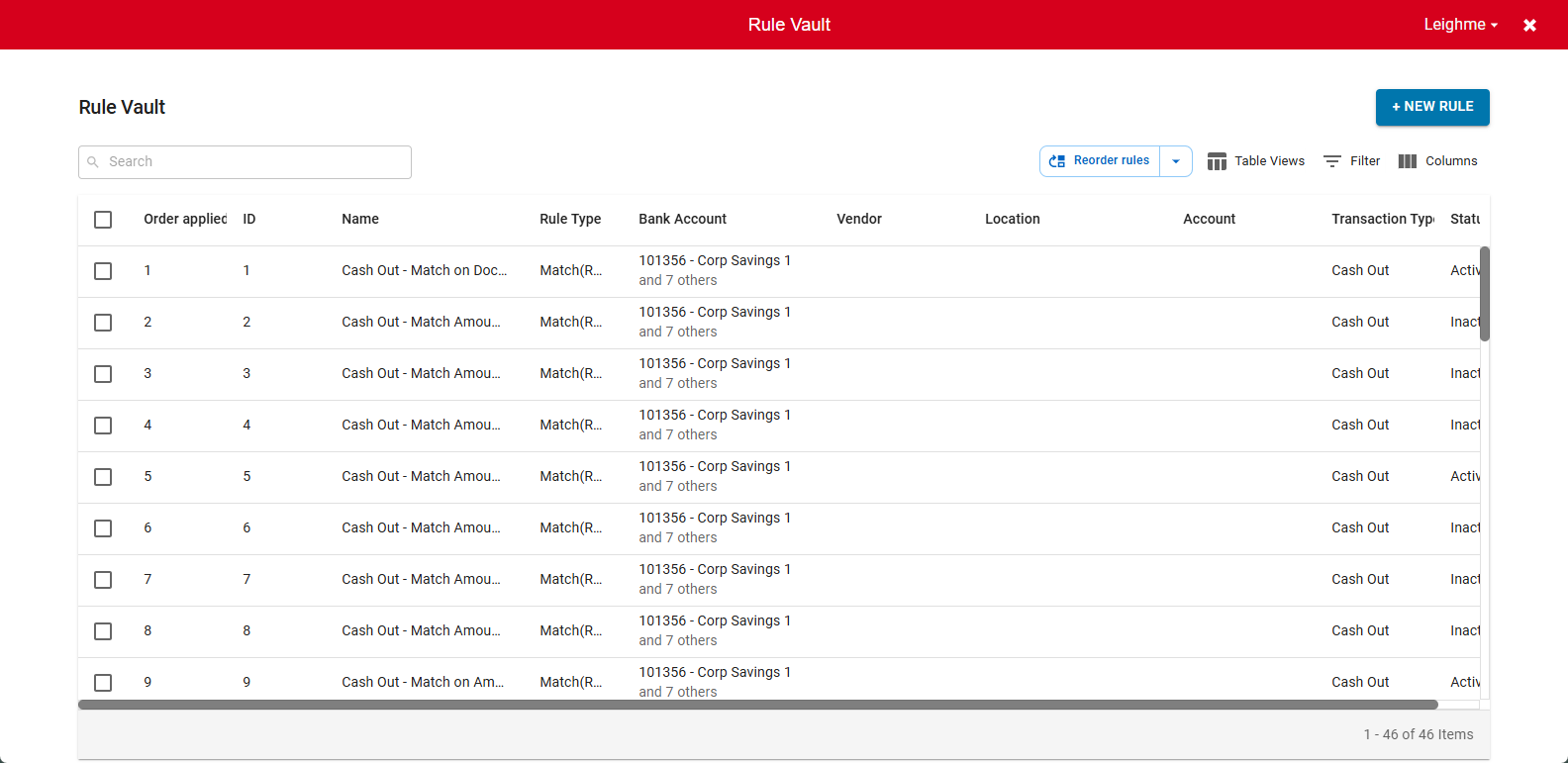
October 9, 2025
Improved Global Search
The R365 search bar in the system header now includes apps, supports fuzzy matching to identify typos, and displays categories in a consistent order across the dropdown menu as well as the full results screen. The search experience has been refreshed with a modern look, smoother animations, and improved keyboard navigation.
Share feedback through the new ‘Give Feedback’ option when no results are found to help our team identify gaps and continue improving the search experience.
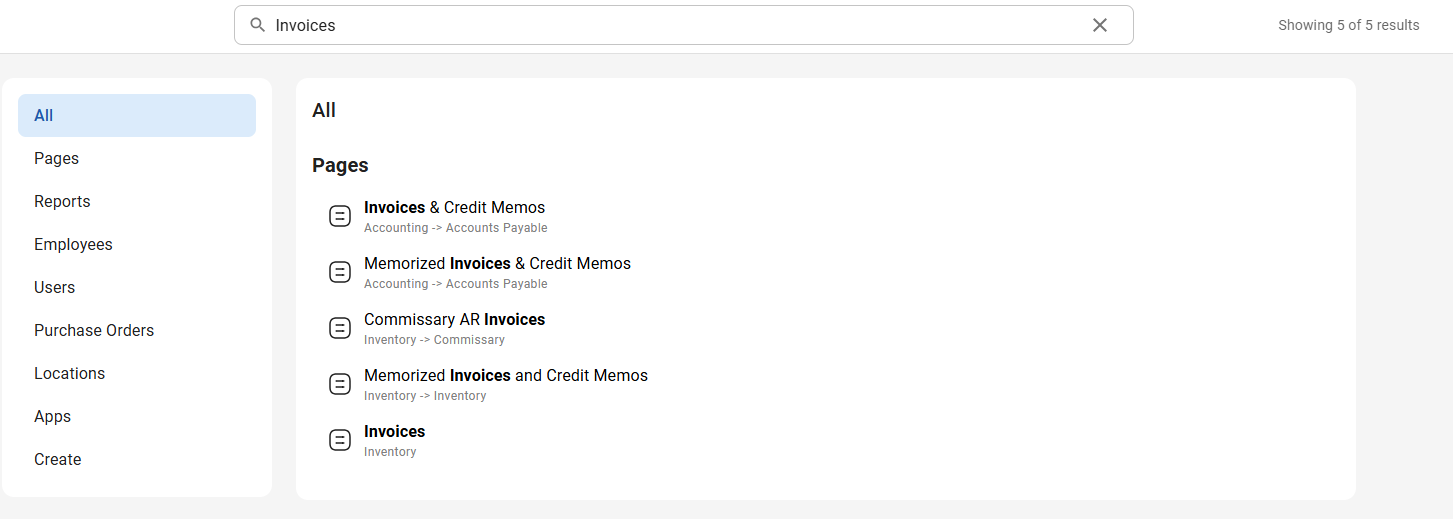
Journal Entry Imports Update
Payroll and standard journal entry imports now support Location Groups in the ‘Detail Location’ column. This allows users to import entries by referencing a location group instead of listing individual locations.
Location group names must match the exact spelling of the corresponding group in R365.
Learn more about importing journal entries.
